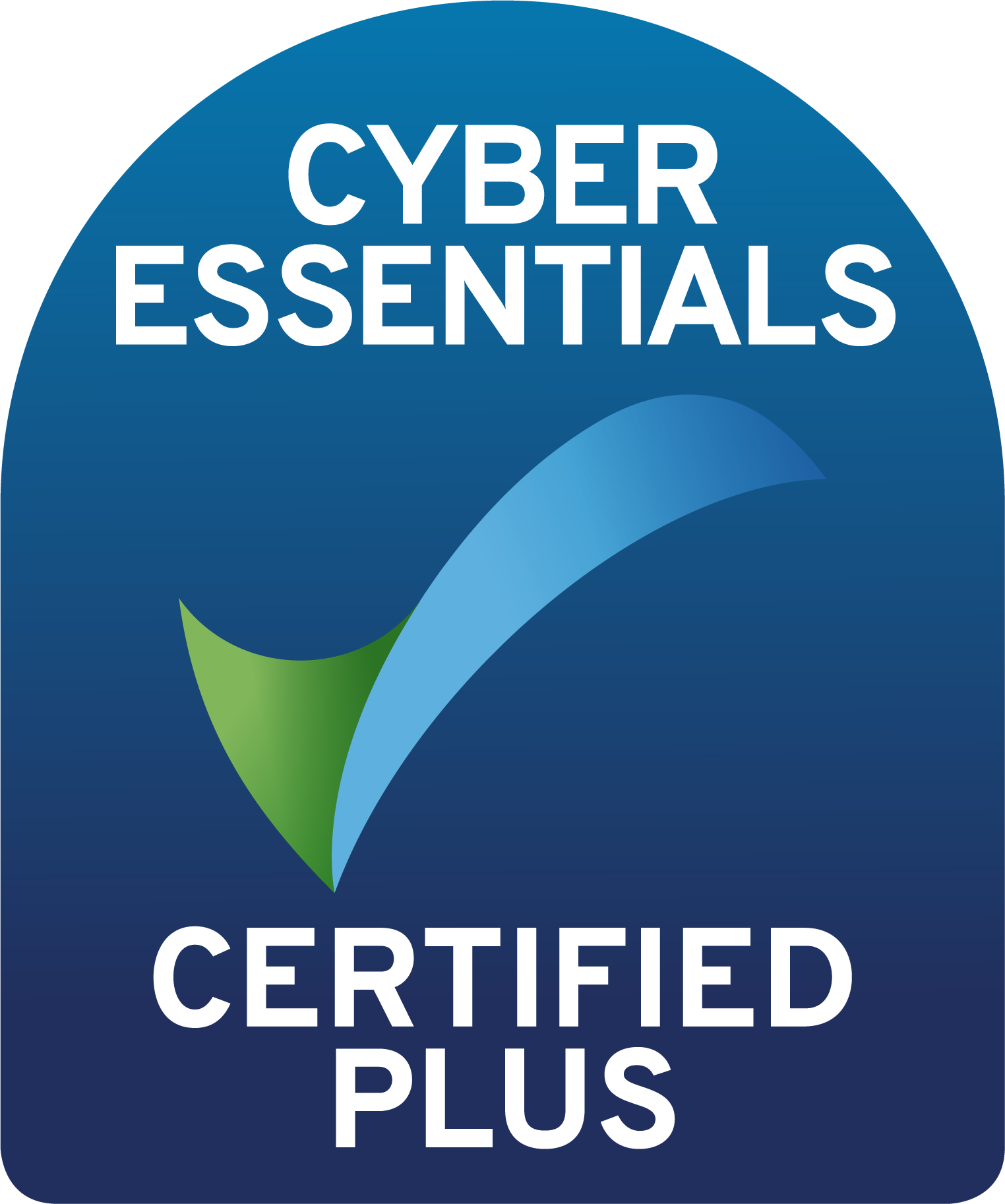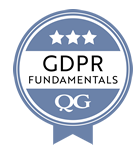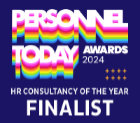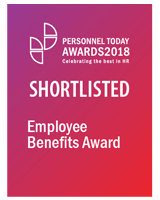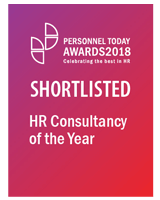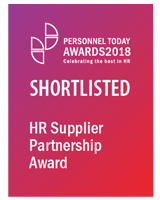Many HR divisions have been promoting the career development agenda, often as part of job evaluation or role architecture exercises. Yet, all too often, these frameworks never translate into something employees can actually use to plan their careers. Without effective pathways - and ways to communicate them - organisations are inadvertently pushing workers toward the exit, compounding the very attrition problems they are trying to solve.
At UNLEASH Paris, this challenge was front and centre. The reception to Pathfinder was overwhelmingly positive. HR leaders were genuinely excited about how the platform makes career progression visible, actionable, and engaging. Pathfinder transforms static frameworks into interactive, personalised journeys that employees can explore, plan, and take ownership of - bridging the gap between ambition and reality.
The statistics underline the urgency:
- Early attrition is costly – Around 40% of turnover occurs in the first year, often due to poor onboarding or unclear career paths (Work Institute 2024).
- Internal mobility drives retention – Companies with strong internal mobility programmes enjoy average tenures of 5.4 years, compared with 2.9 years for those without (LinkedIn Workplace Learning 2024).
- Career investment builds loyalty – 94% of employees say they would stay longer with employers who invest in career development. Organisations with strong learning cultures see 57% better retention and 23% higher internal mobility rates (LinkedIn 2024).
So, how can organisations reverse these trends and make career progression work?
1. Believe turnover is avoidable
Many exits are driven by factors that can be addressed: career stagnation, poor management, and work–life imbalance. Yet organisations still don't provide effective career development. Addressing this gap requires the courage to challenge traditional ways of working and the insight to identify where interventions will have the biggest impact.
2. Invest in upskilling
Organisations often hire to plug immediate gaps rather than build long-term capability. With skills constantly evolving due to AI, automation, and shifting business needs, career mapping must include opportunities to reskill and upskill, ensuring employees can grow alongside the business.
3. Show employees a future, not just a job
Perks like free breakfasts or wellness pods can retain employees temporarily, but what truly matters is clarity. Employees want to see how their current role connects to their future, explore lateral moves, and consider new areas for development. Transparent career pathways allow them to understand where they are, where they could go, and what’s needed to get there.
4. Make career growth part of your KPIs
If something isn’t measured, it often isn’t managed. Retention and engagement metrics should include career satisfaction, internal mobility, and skills development — not just profit and productivity. Managers must be trained to recognise and act on these metrics to unlock their teams’ potential.
5. Embrace technology
Platforms like Pathfinder address these challenges head-on. Employees can:
- Visualise career paths, both lateral and vertical, with clear skills requirements
- Set target roles and map a route to their next step
- Identify skill gaps and understand how to close them
- Gain real-time insights as organisational priorities evolve
Many companies invest in career frameworks that never leave the page they were devised on. Pathfinder brings them to life, empowering employees and leaders alike.
The response at UNLEASH Paris demonstrated just how powerful this approach can be. HR leaders left inspired, seeing firsthand how interactive, employee-led career pathways can boost engagement, retention, and internal mobility.
Conclusion
Career progression is no longer just a nice-to-have. It’s a critical business imperative. Organisations that make career paths visible, actionable, and engaging will retain top talent, develop future leaders, and create a culture of loyalty and growth. Pathfinder is helping businesses turn ambition into action — and HR leaders are ready to embrace it.



